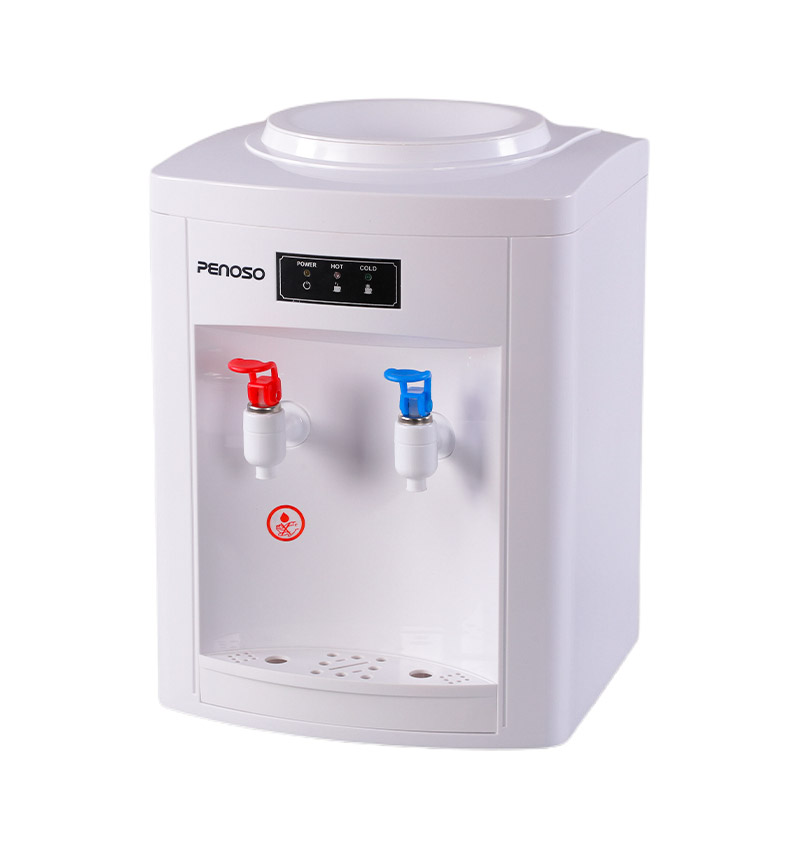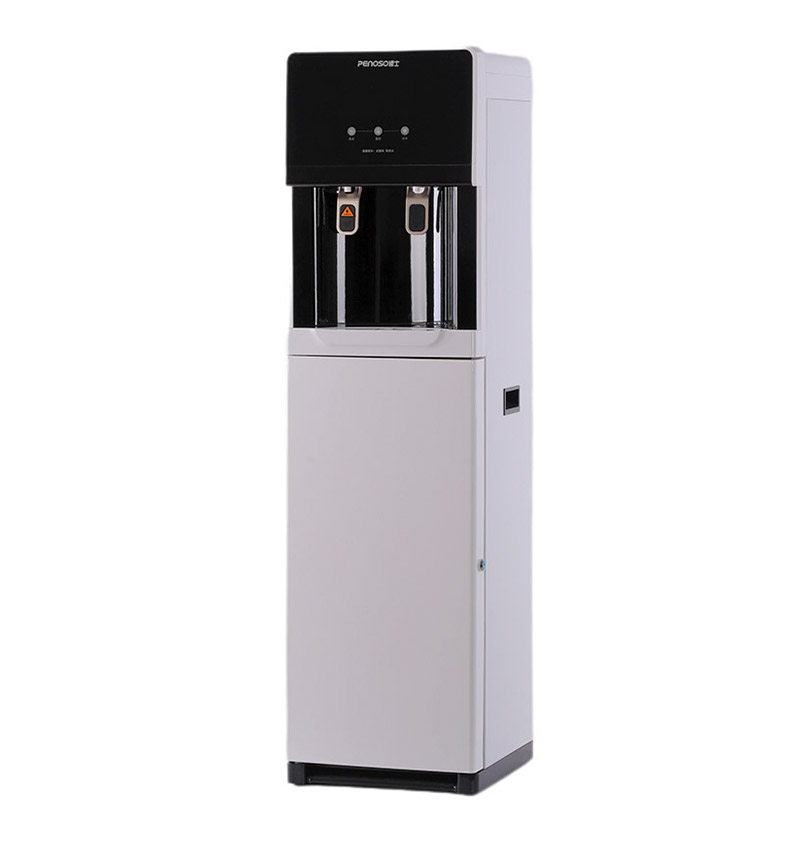Importance of water temperature control
The water temperature control of top-loading water dispensers has an important impact on user experience and safety. Reasonable and stable water temperature not only meets the daily drinking water needs, but also avoids safety problems caused by too high or too low water temperature. Accurate temperature control system can ensure that the water dispenser provides suitable hot or cold water in different usage scenarios, improving user satisfaction and convenience.
Composition of temperature control system of top-loading water dispenser
Top-loading water dispensers are usually equipped with key components such as temperature control sensors, heating elements and cooling devices. The temperature control sensor detects the water temperature in real time and feeds back data to the control system. The heating element heats according to the instructions, and the cooling device adjusts the water temperature to maintain the cold water function. The coordinated work of the entire system ensures accurate regulation and stable output of water temperature.

Analysis of the accuracy of water temperature regulation
The accuracy of water temperature regulation depends on the sensitivity of the sensor and the response speed of the control system. Highly sensitive temperature control sensors can capture water temperature changes in time, and the control system quickly adjusts the heating or cooling power according to real-time data to ensure that the water temperature is maintained within the set range. In addition, the optimization of the temperature control algorithm also plays an auxiliary role in precise adjustment, avoiding overshoot or undershoot.
Stability performance of water temperature control
Stability is an important indicator of the performance of the water temperature control system. Stable water temperature output can avoid the negative impact of water temperature fluctuations on user experience. Top-loading water dispensers use constant temperature technology and insulation design to effectively reduce heat loss and temperature fluctuations, and achieve long-term stable water temperature supply. Some products are also equipped with automatic constant temperature adjustment function to improve the consistency of water temperature output.
Factors affecting water temperature control effect
The water temperature control effect is affected by many factors, including ambient temperature, water quality, equipment aging and power supply stability. Changes in ambient temperature may make it more difficult to adjust the temperature inside the device; differences in water quality may affect the efficiency and life of the heating element; after the device has been used for a long time, the performance of the sensor or heating element may decline, affecting the temperature control effect; unstable power supply may cause abnormal response of the control system.

Development trend of water temperature control related technologies
With the advancement of technology, the water temperature control technology of top-loading water dispensers continues to improve. The intelligent temperature control system achieves more accurate and personalized temperature adjustment through embedded chips and big data analysis. Remote monitoring and adjustment functions have also begun to be applied, allowing users to adjust the water temperature setting at any time. The integration of energy-saving technologies has promoted the equipment to reduce energy consumption while ensuring the stability of water temperature.
User experience of water temperature control in actual use
In actual use, users pay more attention to heating speed, temperature maintenance and safety for the water temperature control of top-loading water dispensers. The equipment can quickly heat to the set temperature and maintain stability, which helps to meet the demand for drinking hot water. Safety measures such as over-temperature protection function also enhance user confidence. User feedback shows that different brands and models have different temperature control performances, and it is necessary to pay attention to temperature control related parameters when purchasing.
Impact of water temperature control performance on energy saving
The accuracy and stability of the water temperature control system directly affect the energy consumption performance of the equipment. Reasonable control of water temperature to avoid unnecessary heating and cooling can reduce energy waste. Energy-saving designs such as power-off memory and intelligent standby mode help improve the overall energy efficiency level. Manufacturers need to take into account water temperature control performance and energy-saving needs when designing to achieve a balance between user interests and environmental protection goals.
Testing and evaluation methods for water temperature control technology
In order to ensure the performance of water temperature control, manufacturers usually use a variety of testing and evaluation methods. Including temperature sensor sensitivity test, temperature adjustment response time measurement and temperature stability monitoring. Simulate different usage conditions in the experimental environment to verify the temperature control performance and fault response capability of the equipment. Through a strict testing process, ensure that the product meets the expected temperature control standards.
Maintenance and maintenance recommendations related to water temperature control
Maintaining the normal operation of the water temperature control system requires regular maintenance. It is recommended that users clean the temperature control sensor and heating element regularly to prevent scale and stains from affecting temperature detection and heating efficiency. Updating and calibrating the software system of the device will help improve the accuracy of the temperature control algorithm. When abnormal water temperature fluctuations are found, professional maintenance personnel should be contacted in time to avoid further damage to the equipment.
Comparison of water temperature control of top-loading water dispensers of different brands
Top-loading water dispensers of different brands on the market have differences in water temperature control technology and performance. Some brands focus on improving the sensitivity of temperature control sensors and system response speed, while others emphasize insulation design and energy-saving functions. Users can learn about the temperature control performance of each product through product manuals and third-party evaluation reports, and choose the appropriate model based on actual needs.
Future development direction of water temperature control
In the future, the water temperature control of top-loading water dispensers will develop in the direction of intelligence, energy saving and user experience optimization. Through the Internet of Things technology, the interconnection and data sharing between devices can be realized, and the automation and accuracy of the temperature control system can be improved. The application of new materials and advanced processes can further reduce heat loss and extend the life of equipment. The user interface design will also be more humane, making water temperature adjustment more intuitive and convenient.
| Aspect | Description |
|---|---|
| Temperature Sensor | Detects water temperature in real time with appropriate sensitivity |
| Heating Element | Heats water according to temperature control system's commands |
| Cooling System | Maintains cold water temperature through refrigeration or heat exchange |
| Temperature Accuracy | Degree to which actual water temperature matches set value |
| Temperature Stability | Ability to maintain consistent water temperature over time |
| Influencing Factors | Environment temperature, water quality, equipment aging, power stability |
| Energy Efficiency | Impact of temperature control on overall energy consumption |
| Maintenance Requirements | Regular cleaning and calibration of temperature sensors and heating elements |



 English
English عربى
عربى Português
Português Español
Español








